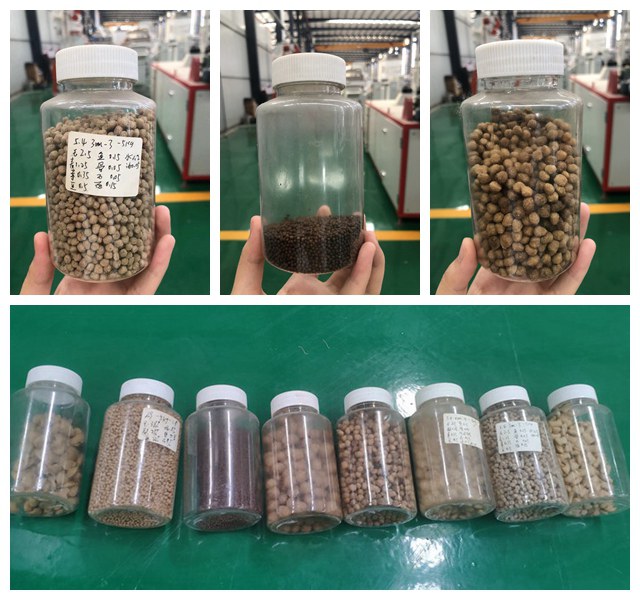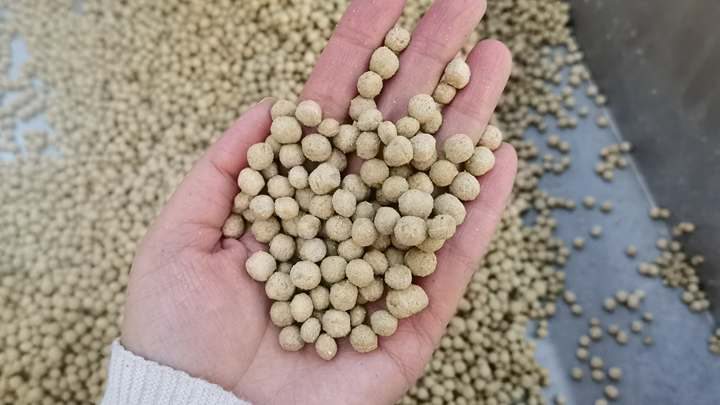
2019/09/01 · Invasive Species Definition. The definition of an invasive species is any species that is not native to our ecosystems and cause harm when introduced to the ecosystems. Furthermore, these may include amphibians, plants, insects, fish, fungus, bacteria and more. Impacts on the environment may cause economic loss or affect human health.
.jpg)
Zeigler Technology has developed a line of highly digestible diets that yield high performance while helping maintain the strict water quality standards required to keep Bass species healthy. Bass Hi-Performance is formulated specifically for Hybrid Striped Bass raised in intensive systems. The highly digestible, nutrient dense formula allows
.jpg)
Fish Stocking Farmers who can provide fish for stocking your pond: Bury Fish Hatchery Inc. 700 A Brooks St., Bury, Qc Phone: (819) 872-3366 Species: Rainbow & Speckled Trout Caselton AquacultureManitowaning, ON Phone: (705) 968-0628john.caselton@gmail.comSpecies: Smallmouth Bass Cedar Crest Trout Farm 133241 A
.jpg)
2022/02/15 · Replacement of fishmeal by chicken plasma powder in diets for largemouth bass (Micropterus salmoides): effects on growth performance, feed utilization and health status Aquac. Nutr. , 25 ( 2019 ) , pp. 1431 - 1439 , 10.1111/anu.12963
.jpeg)
.jpg)
As one of America’s favorite sportfish, the largemouth bass, Micropterus salmoides, is sought after by almost everyone in the fishing world at some point or another. The popularity of this fish has brought together millions of anglers. So let's look at the largemouth bass biology to figure out what makes this fish so popular.
.jpg)
2014/07/18 · overhanging trees and docks are good largemouth hideouts. best times to fish are early morning and late evening – they tend to take shelter during the day. when fish aren’t biting, change your lure and your tactic. strong-fighting fish, eager to strike most artificial lures. keen sense of smell – can be fooled by adding scent to
.jpg)
2008/09/01 · Most producers currently feed commercial floating trout and salmon diets based primarily on ready availability. For optimal growth, the protein requirement for largemouth bass has been determined to be 40 percent or greater, and their lipid requirement is 5 percent or greater. Carbohydrate levels of 20 percent or less appear beneficial, while
.jpg)
Summer is the easiest time to catch Largemouth Bass. Most bass inhabit the same waters as the bait fish and recently hatched schools of forage fry. This means waters with varying bottom compositions of mud to rock and ranging from 4 to 20 feet deep. Largemouth bass feeding areas will be surrounded with pockets of plant growth that offer shade
.jpg)
2007/04/03 · In Study 1, feed-trained largemouth bass (3.1 ± 0.7 g) were randomly stocked into 18114-L glass aquaria at 25 fish per aquarium. Fish were fed one of six experimental diets, each containing approximately 38% crude protein and 10
.jpg)
The pros of feed-trained bass. The obvious benefit to stocking these fish is the advanced size. These fish, just like a normal Bass, put up a fight that any angler would enjoy. Their larger size increases their heartiness and improves the success rate of stocking. Also, because they are feed trained they will not put an immediate strain on your
.jpg)
2021/05/26 · What Bass FEEL. We’ve discussed the fact that largemouth bass have the same 5 primary senses that we do – but they also have another: their lateral line sensitivity. This is the sense that allows largemouth bass (and other fish) to feel prey and predators within the water around them. We just discussed some of the nuances of this unique
.jpg)
2019/08/26 · Adult largemouth bass. Photo: Dr. Rusty Wright, Auburn University. Largemouth bass (LMB) are cultured for food fish and pond stocking. They can bring prices as high at $6.00 per pound (live weight) for the grower and can be grown at a wide range of temperatures. Some states (e.g., New York and Mississippi) prohibit LMB sales (probably because

2020/04/26 · Stocking density. A good rule of thumb when caring for largemouth bass in aquaponics systems is to keep 1 inch of fish per 1 gal. Keep in mind that largemouth bass grows up to 8 inches in the first year and will be fully mature in two years at approximately 10 inches, while some can reach a length of two feet.
.jpg)
2021/07/01 · Fish meal content in largemouth bass diet could be reduced to 80 g/kg. • Feeding the low fish diets reduced feed cost, fish meal reliance and phosphorus waste. • Replacing fish meal with PBM and CPC affected carbon-nitrogen